We began the book by learning about the concept of experiential learning (EL) and its effectiveness over conventional methods in the first chapter. We then leveraged EL through the game-based approach to learn, adopt, deploy, and deliver, scenarios in IT. In this concluding chapter, I intend to motivate you, to apply your learning so far, and begin by expanding on the brief for four scenarios, then experiment by making changes to the games; finally, you graduate to experiencing the learning gained by designing new games for scenarios.
Expand
In this section, you will begin to experience, the learning gained so far, by expanding four new scenarios. Unlike the previous six chapters, games for the scenarios in this section are explained in brief and you would have to design rest of the details; you may refer to the templates and processes explained in earlier chapters for expanding on the brief. Here’s the list of four scenarios that will need expanding and developing:
Scenario 1. Understanding impact of perception
Scenario 2. Collaborative reading: Developing collective interpretation on abstract concept
Scenario 3. Teamwork: Understanding elements for better coordination
Scenario 4. Impact of visibility and transparency
You will apply the learning to expand on the brief about the four scenarios in this chapter, and develop various aspects, especially the following:
Preparation and planning
Rules for playing the game
Process flow
Steps and sequence for execution of the game
Mode of concluding or conducting the debrief session, including the benefit assessment
Scenario 1: Understanding Impact of Perception
The game is played in two parts: the first part establishes what perception is and the second part allows experiencing the impact of perception. The game was conceived for a group of senior IT service delivery professionals who were unable to sense the impact of new technology and its likely impact on their future. To enable these service professionals to challenge their perception about the ecosystem and its stability, I conceived this game to enable experiencing the impact of perception.
The game consisted of two parts: in the first part, I used a transparent sheet to establish what perception is, and in the second part, the game allowed experiencing the impact of perception.
I initiated the group into the game by sharing a quote from Wayne Dyer: “When you change the way you look at the things, the things you look at change.” Then, I showed a blank transparent sheet and inquired whether all agree that we are able to see same blank sheet. I then wrote the number “8” on the transparent sheet and again checked for consensus about the sheet’s content; then, I added the number “1” to make number on the sheet become “18”; that’s the time the audience disagreed with the number that I was seeing, as from the other side of the transparent sheet they were reading it, as number “81.”
I engaged the group to discuss similar situations in life: how two persons looking in the same situation can reach different conclusions. I then established the context of how innovations in technology are causing disruption in the ecosystem, including the service delivery business, and unless the group challenges their perception of the status quo and is sensitive to the changes, as well as proactively leveraging the changes to stay ahead of the competition, they are likely to lose relevance. Then, two volunteers were invited to compete to deliver a service. Initially, both of them were sent out of the room, and then one was invited back in. I explained that the game was to be played by “filling water into a glass on table,” which represents service delivery, and then I blindfolded him, contextualizing this as the perceptions and beliefs he carries while conducting the task. The time taken to complete the task was recorded, and the second volunteer was invited into the room. He too had the same task explained to him; however, in the second case, after blindfolding him, the water bottle on the table was discreetly replaced with an open-mouth jug. Due to the change of the container, the second volunteer took more time to complete the task (i.e., deliver the same service). The replacement of the bottle with a jug was contextualized as innovations, for example SaaS, which are changing the service delivery landscape rapidly and therefore require service professionals to challenge their perceptions and beliefs and be sensitive to change, to identify new and emerging opportunities for proactive engagement.
Figure 8-1 will help you visualize the game of perception .
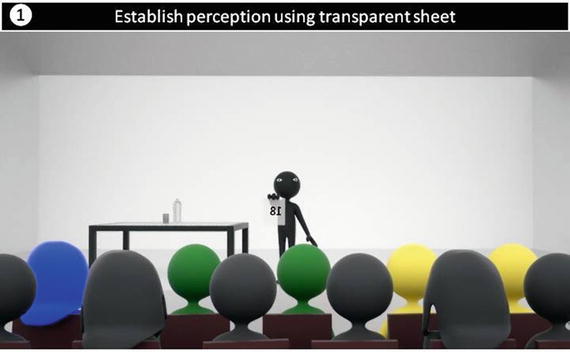
Figure 8-1. Instructor establishing perception
The instructor stands in front of the audience holding a transparent sheet. Initially, nothing is written, but next, the instructor writes number 8 and shows it to the participants, and then he writes number 18, which the audience reads as 81.
In second part of the game, a volunteer is invited to perform a task. The task is explained as simply filling water from bottle to glass placed next to it on the table. The glass needs to be filled approximately halfway.
The volunteer is then blindfolded. The instructor announces the start of the activity and helps the volunteer to reach the table. The time taken to complete the task is measured and recorded on the whiteboard in the hall (Figure 8-2).
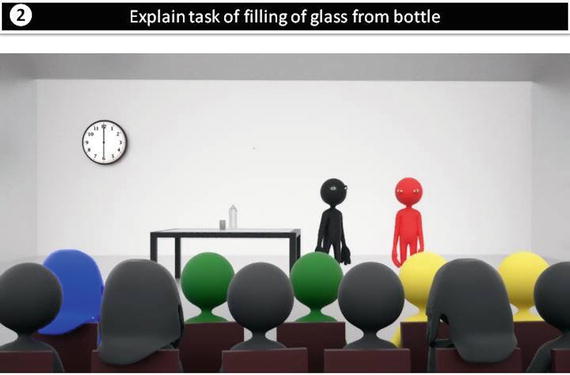
Figure 8-2. Understanding the task for static environment
Another volunteer from the group is invited to perform the same task. The volunteer is then blindfolded. The instructor announces the start of the activity and helps the volunteer to reach the table. However, instructor discreetly, replaces the bottle on the table with a water jug. The volunteer usually fumbles before realizing that task can be performed with the jug as well and that the task was defined as filling the glass with water; there was no specific instruction about whether the water is to be sourced from a bottle or a jug. Most probably, the volunteer inquires about the possibility of whether water can be poured from the jug. The process, however, is at the expense of time. The time taken to complete the task is measured and recorded on the whiteboard in the hall (Figures 8-3 and 8-4).
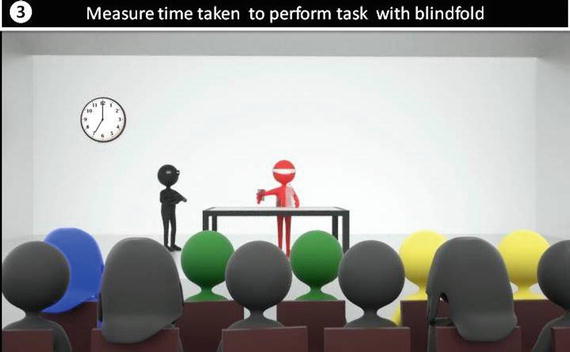
Figure 8-3. Performing task in static environment

Figure 8-4. Performing task in changed environment
Scenario 2: Collaborative Reading—Developing Collective Interpretation of Abstract Concept
In this situation, I was assigned role with key responsibility for growth of thought leadership with IT professionals from a technology practice. In my observation, most professionals in the practice understood and appreciated the basic concept of thought leadership. However, understanding of the relevance and impact of thought leadership for each individual and also collectively to the whole group was not consistent, and there was wide variation in comprehension.
With a view to create a collective and relevant understanding of the subject, I conceived a group activity of collective reading . The activity included having debate before arriving at a consensus-based understanding of the subject. I used the overhead projector to present a definition of thought leadership on a screen in the hall. I had ensured that the screen was visible to everyone in the hall. I also introduced following rules:
A participant should raise his or her hand before speaking and avoid talking when another participant is speaking.
Each word is read out and its meaning and positioning in the statement are explained.
Multiple perspectives/interpretations are essential.
Debate is essential for appreciating all the different views and interpretations before arriving at the consensus.
Figure 8-5 will help you visualize the process.
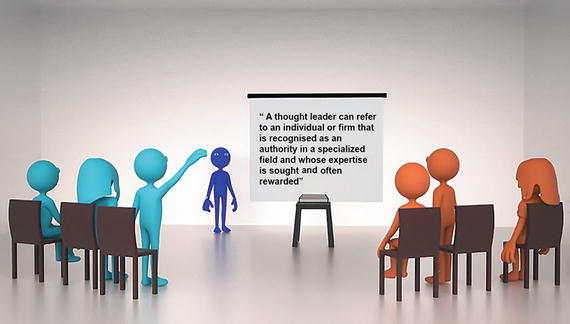
Figure 8-5. Collective reading to establish “unified interpretation”
The instructor projects the text on the subject. The audience can be divided into two sides. They are then invited to start reading the text word by word and share interpretations and understandings of the text. Each key word in the text is thoroughly discussed and debated, and a collective understanding is developed. Use of a whiteboard can aid making notes on some of the aspects to be referred to, in the concluding part for consolidation of the learning.
Scenario 3: Teamwork—Understanding Elements for Better Coordination
In the third situation, I was tasked with the responsibility to enhance team coordination. I designed a game that was premised on my learning from a game in the childhood.
During my childhood, my friends and I enjoyed the game of tag with blindfold, where one of us was blindfolded and had to catch each one of the others to finish his turn before passing over to the person who was the first caught. The game was played in a clearly defined space which put constraints on the people who had to dodge while being chased by the blindfolded person. In the game some of us could finish our turn for being blindfolded faster as a catcher than others. In my observations, I noted that those friends who had better ability to judge space and visualize surroundings and who were better listeners finished their blindfold turn earlier than others, and over the years were more sought after in the team games because of their ability to coordinate easily with others.
In my assignment, I engaged a group of leaders attending a leadership program at the management development institute on the subject of effective communication and attempted to help them assess their own abilities or limitations; I designed a blindfold game premised on the game described earlier. The game helped in beating the limitations of the blindfolded person by allowing oral instructions from the partner. The partner had to communicate effectively to ensure that the blindfolded team member finishes the task faster and better. The results of the game overwhelmed the participants as it brought forward the criticality of effective communication and elements of coordination in teamwork.
Aforesaid is the premise of the activity that will be explained in this section. The activity induces a direct assessment on effective communication and team coordination and its impact on the speed and quality of the outcome.
The game is to draw a star within the constraint of outer and inner boundaries (Figure 8-6). The red rectangle represents the outside boundary and the red circle inside represents the inner boundary. The blindfolded participant has to draw a star with a green whiteboard marker pen. The star is drawn with help and instructions of partner, who will verbally instruct the blindfolded participant. The red boundaries can’t be touched by the star.
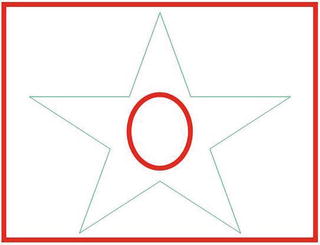
Figure 8-6. Draw star within two red boundaries
Both the boundaries are drawn along with a reference picture on the whiteboard in the hall. A person blindfolded with pen under instruction from his partner draws the star while competing on the basis of speed and quality with another team of two performing the same activity (Figure 8-7).

Figure 8-7. Teams of two compete to draw star
I had designed the following rules for the game:
The partner has to give instructions verbally only and cannot guide the blindfolded person through any physical contact.
In case the blindfolded person touches either the circle or rectangle, then the entire star will have to be redrawn (i.e., the activity has to start from the beginning); however, the time consumed up to the error will get added to the overall time taken to complete the task.
The distance between the instructing partner and the blindfolded person will be same for each of the competing teams.
Material:
Whiteboard
Whiteboard marker pens
Audiovisual recording equipment
Consolidating Learning:
The difference in the time needed by two teams provides the basic premise to start the analysis to identify learning elements from the experience.
Invite all participants/observers to read from their notepads and share three learnings each from the experience.
Use the second whiteboard to start recording the elements of learning.
Variations
The star could be replaced with a simpler shape like a triangle. Instead of the outer rectangle a circle could represent the outer limit. People can be made to switch roles to assess difference as well as improvements in subsequent attempts.
Scenario 4: Impact of Visibility and Transparency
Information technology and solutions directly impact visibility and transparency in transactions and therefore aid efficiency. With a view to demonstrate the impact of transparency on efficiency, I engaged a group of MBA students to perform a simple task of filling a glass with water, with and without blindfolding, and show the difference of time taken. The blindfold represents systems lacking transparency, while the having open eyes during task performance represents the benefit of IT that provides a comprehensive view of parameters and environment (Figure 8-8).

Figure 8-8. Activity to establish impact of transparency
In applying the learning to detail the gamification for four scenarios in this chapter, you have experienced the ability to expand on the brief and apply the game-based approach for the scenarios. Now I invite you to move further and venture into experimenting by modifying elements of the game to apply for different contexts or improving effectiveness.
Experiment
Initially, you could apply your learning to enhance the games in terms of the details of each element in the scenario; once you experience and understand the process, you would be able to conceive and create completely new games.
Each of the games so far has been explained in the context of a specific situation; for example, the bidding game for developing a collective understanding of the subject of ERP, or Treasure Hunt for individual learning on features and facilities within a newly implemented software solution.
In the following section, I will now introduce application of the same games to different situations and extend coverage of previously used cases, while providing clues for your experiments, with the game-based approach.
Modify Games for New Situations/Contexts
Each case provided so far gave you a ready-to-use gamification approach. Now I invite you to use a little imagination and creativity to extend the application of these games to other situations. To help you experiment and respond to my invitation, Table 8-1 lists alternative situations.
Table 8-1. Alternative Gamification Scenarios
Game | Possible Situation/Context |
|---|---|
Bidding Game | Could be used for growing collective awareness on new technology, for example “cloud computing.” Develop a comprehensive list of questions to cover the basic relevant aspects of cloud computing. |
Treasure Hunt | Could be used for facilitating accelerated awareness and adoption of a new business process, for example new procurement policy; would engage employees to read and acquaint themselves on all aspects of the new policy starting from basic to the specific. Participants progress from level to level by answering questions on new policy. |
Blindfold Game | Could be used to identify level of essential leadership skill, for example communication and delegation within a set of participants; would help establish the level of skill and therefore enable prioritizing person-specific training needs. |
After you’ve experimented and experienced your ability to use the games for newer situations and contexts, you are invited, in the following section, to go further and experience the game-based approach to newer situations and contexts.
Experience
Earlier, I invited you to apply your learning to develop the games detailed for different situations and benefit from the effectiveness of the game-based approach . I now invite you to experience your ability to apply learning from the book and modify gaming elements of the current games or even create completely new games to apply EL using the game-based approach and develop solutions to your IT situations.
I recommend the following considerations listed here and provided in Figure 8-9 while designing games:
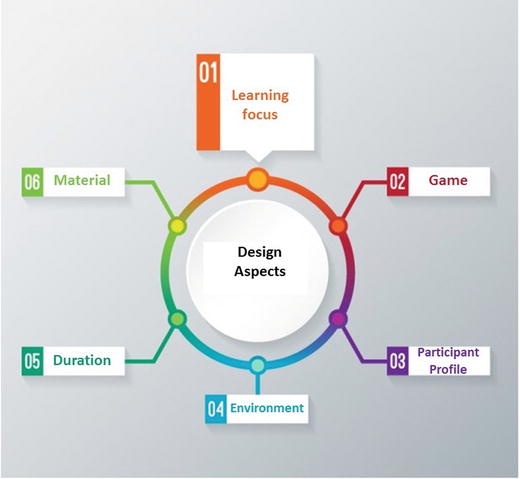
Figure 8-9. Considerations for game design
Learning Focus: Identify core learning need from the game. Learning is premised on observations which are drawn from the experience. So, for a learning need, identify the experience that can facilitate observation, leading to the target learning. Here’s an example of the process: to learn the impact of perception on efficiency, create a game that facilitates experiencing perception and ensure that the participants are able to observe the impact. The impact on efficiency could be physically measured and evidenced.
Game: Ensure that the process of learning is self-governed through experience, and facilitation is managed through context setting for the game. Map the experience of the core learning need for a game or activity; for example, to experience individual behavior change, the individual can be asked to discuss individually as well as present the same idea to a crowd; this could also be to enact the idea to add an element of fun. Adding competition in constraint of time always ensures that intensity to experience the core need by the participant is heightened. The most critical part is to ensure that the activity facilitates experiencing the core learning need without any explicit or external intervention or guidance.
Participant Profile : The profile of the participants is an important consideration while designing the game; an activity like Bidding Game is more likely to go well with senior people, whereas an activity like the Aircraft Manufacturing Game is apt to facilitate learning of college students.
Environment: Analyze the environment where the game will be executed or deployed. For example, is the game to be deployed as a virtual activity to cover participants across locations and places? Or can it be deployed within a defined space and time and therefore be conducted as a physical activity?
Duration: Identify the appropriate duration for the game. Once the core learning needs are delivered, any extra duration is likely to negatively impact the purpose of the game, since the additional duration could lead to unintended experience which dilutes the learning.
Material: Use of materials or artifacts that enhance the facilitation of generating experience is important; for example, using a video recording and its replay helps capturing minute gestures or statements that are otherwise not easy to observe and experience. Another example is use of blindfolds, which helped me create the following experiences: the impact of a lack of transparency, or the constraint of a team member not having the entire “Big Picture” of the program, or just plain and simple “bias”.
Table 8-2 provides clues for innovating and modifying the current games.
Table 8-2. Modifying Your Games
Game | Modification | Situation |
|---|---|---|
Ship Manufacturing Game | The game could replace an aircraft with a ship |
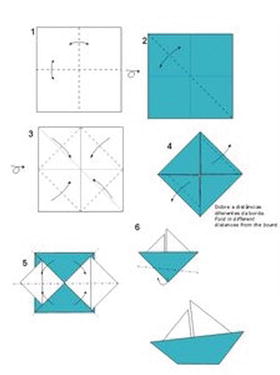 |
Blindfold Game | After consolidation of learning for the group, throw a challenge for two people from the nonplayers to beat the best time and replay the game with variation that the table/chairs/jug/glass would be kept in a completely different arrangement; for example, chairs in the middle and table with its legs facing upward. | The modification would consolidate the learning as well as make the additional point that learning by experience is far superior to observation. |
R2R Workshop | In a team of three, one person gets to see the requirement (i.e., the sheet of paper) for about 1 minute and then he/she describes it to a second team member, who in turn explains to the last team member, who has to draw his/her understanding on a whiteboard in a specified amount of time. | Critical importance of comprehension and importance of observation/listening in communication. |
In your quest to create new games and engage in gamification for IT, I would suggest referring to the following videos on YouTube to get new ideas for game design:
https://youtu.be/CpgGqwf0h48 (for group cohesion)
https://youtu.be/gcy-pkwLjXE (for effective communication)
Summary
The content of the book first introduced you to the concepts of EL and the game-based approach and then gradually exposed you to the application of the approach for different situations and contexts in IT.
In this concluding chapter you were motivated to build on the learning in earlier chapters by expanding and developing on the brief for four scenarios, which enabled you to identify gaming elements that could be experimented with to raise effectiveness levels or to apply them to changed contexts. At the conclusion, you were invited to experience the knowledge gained from the book by creating games for newer scenarios and exploit the effectiveness of EL and the high level of engagement of participants when the game-based approach is taken.
